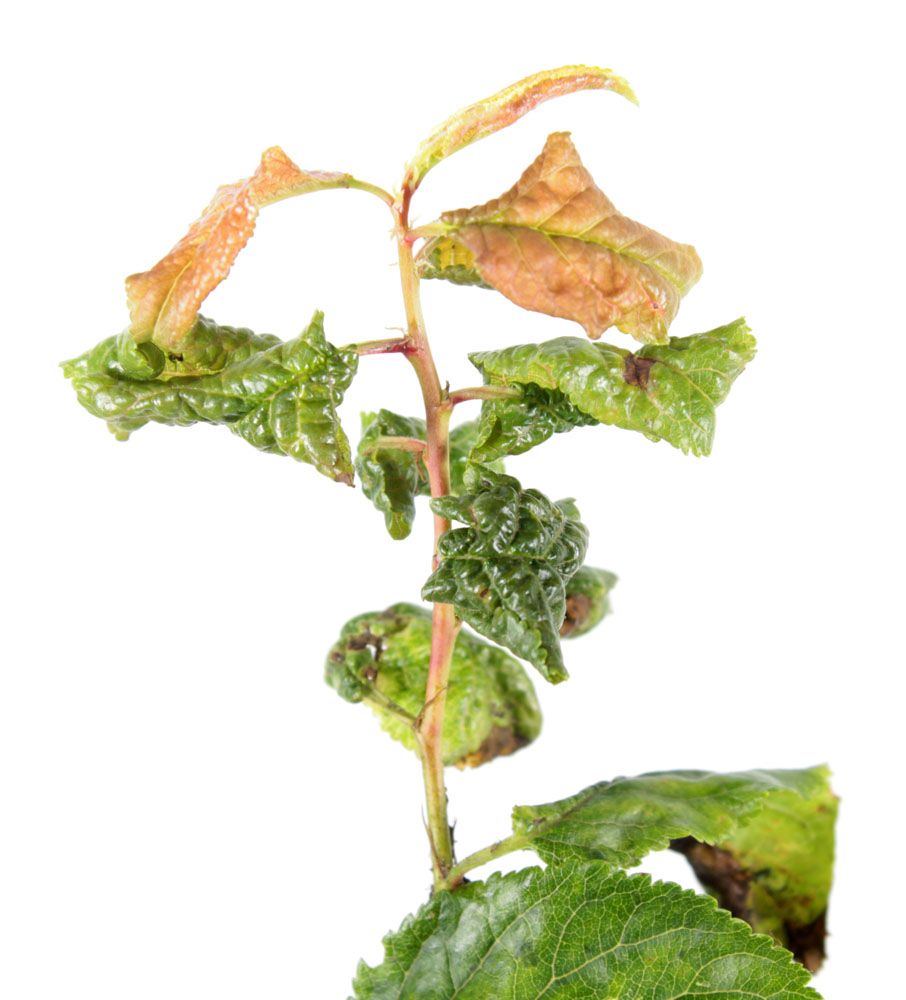
Leafcurl Ash Aphid – Prociphilus fraxinfolii
Leafcurl Ash Aphid (Prociphilus fraxinfolii)
Common Name: Leafcurl Ash Aphid
Latin Name: Prociphilus fraxinfolii
Appearance:
- Aphids are pear-shaped, 1/8 inch long or less, and covered in white wax.
- Their bodies are pale green or yellowish and lack distinct cornicles, which are a pair of tube-like projections near the hind end of the body that distinguishes most aphid species from other insects.
- Leafcurl ash aphids have a yellow-green body and a brown head, but they are covered in white, waxy threads.
- They are found in mixtures of old cast skins and droplets of wax-coated honeydew within curled ash leaves. They are occasionally discoloured to a red-brown colour.
Host plant:
Green ash
Territory:
Leafcurl Ash Aphid (Prociphilus fraxinifolii) is common and widely distributed in the USA and is also found in Canada and Mexico.
Damages caused by Leafcurl Ash Aphid:
The presence of aphids on the undersides of the leaves results in a unique gnarled distortion of the twig ends. Throughout the second half of the summer, the clusters of tightly coiled leaflets are visible. Damage is inconvenient and unsightly, but it has little effect on otherwise healthy trees. Only new growth seems damaged once the aphids arrive mid to late May. Leaf curling is not a problem with expanded leaves. As a result, the damage is restricted to a relatively small percentage of the tree’s overall foliage.
Life history and habits:
Ash leafcurl aphids spend the winter as eggs on the bark and nymphs on the roots. From spring until October, aphids can be plentiful on foliage. Adult females (winged or wingless) give birth to live offspring without mating most of the growing season. A sexual generation of winged males and females is generated in the fall, and the aphids mate and disperse. Every year, they have multiple generations.
